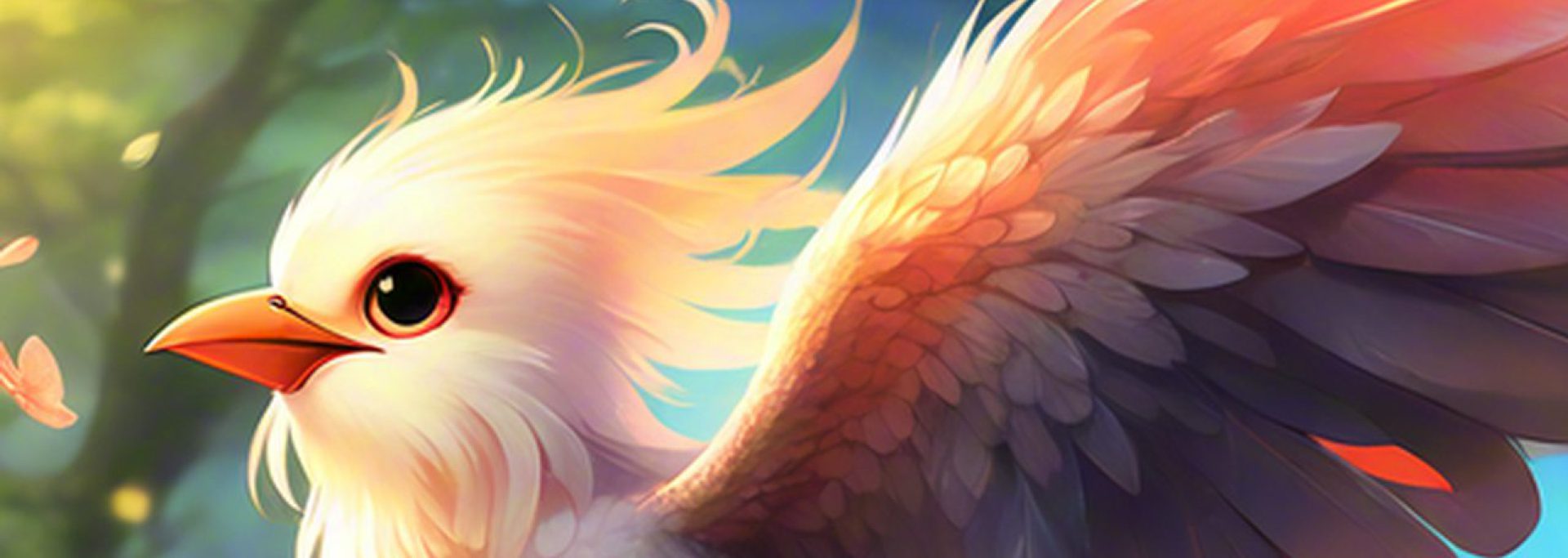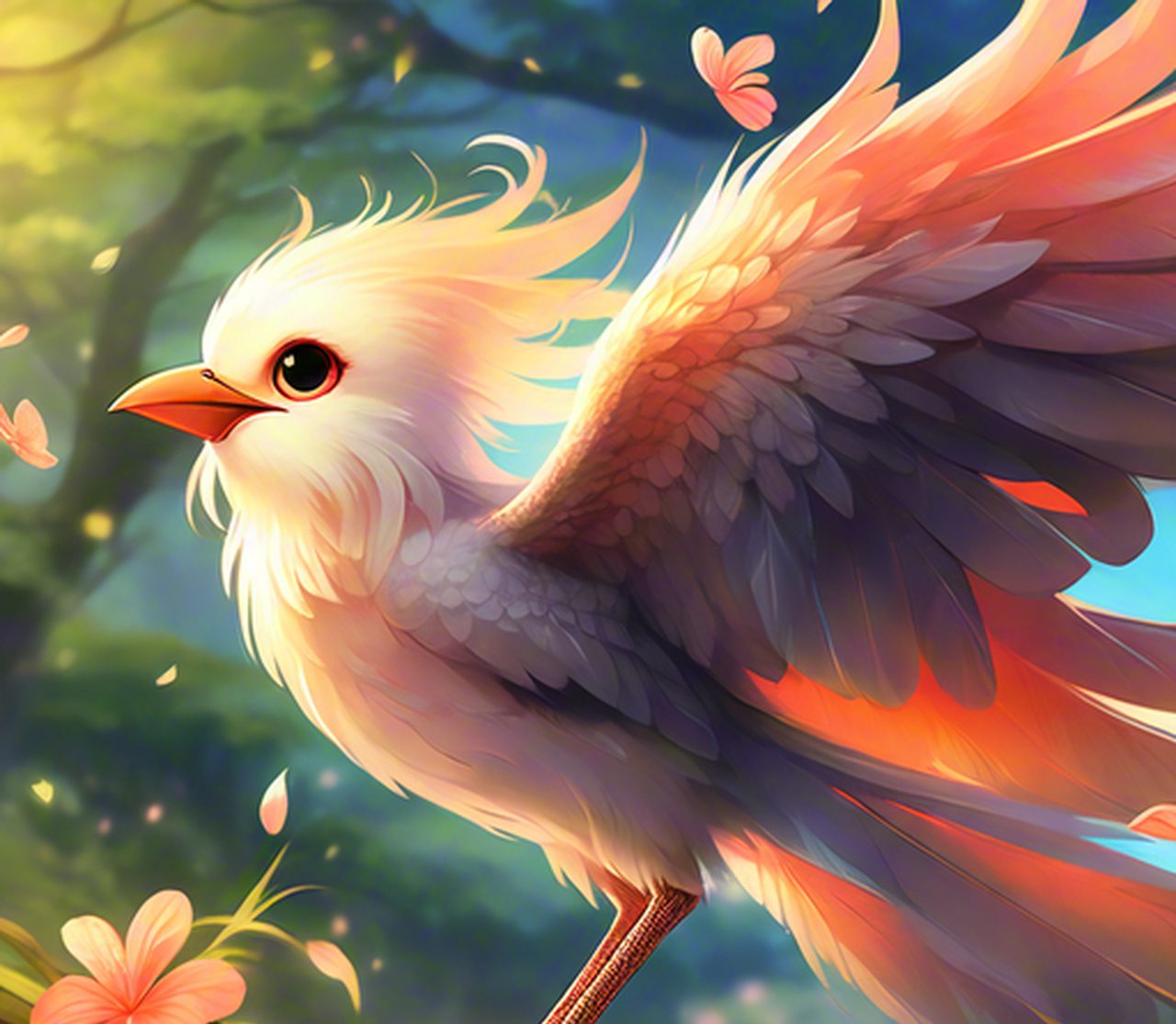The Silk Road: Historic Trade Route – Explore the Historic Trade Route of the Silk Road
(Lecture Hall Ambiance: Imagine the gentle hum of anticipation, maybe a cough or two. I step onto the stage, adjust my spectacles, and beam at the expectant faces. Welcome, intrepid explorers of the past!)
Good morning, everyone! Or good evening, depending on what timezone you’re joining us from. Today, we embark on a journey far grander than any modern-day vacation. We’re going back in time, dusting off our metaphorical camels, and traversing one of the most influential trade routes in human history: The Silk Road! 🐪💨
Forget Amazon Prime. Forget overnight shipping. We’re talking about a network that stretched across continents, connected civilizations, and shaped the very course of history. Get ready for a whirlwind tour filled with intrigue, emperors, bandits, exotic goods, and enough historical shenanigans to fill a dozen Netflix series.
(Slide 1: A map of the Silk Road, spanning from East Asia to Europe, punctuated with icons representing major cities and goods traded.)
I. What Exactly Was the Silk Road? More Than Just Thread!
Now, before you picture a single, paved highway stretching from China to Rome, let’s dispel a common misconception. The Silk Road wasn’t a road at all, at least not in the modern sense. Think of it more like a sprawling, interconnected web of trade routes, meandering through deserts, scaling mountains, and crossing seas. 🕸️
The name "Silk Road" is actually a bit of a misnomer, coined by the German geographer Ferdinand von Richthofen in the 19th century. While silk was undoubtedly a major commodity, it was just the tip of the iceberg… or rather, the tip of the camel’s hump laden with goods.
(Slide 2: A humorous image of a camel struggling under a mountain of goods, including silk, spices, tea, and jade.)
So, what else was traded on the Silk Road? Buckle up, because the list is extensive:
| Commodity | Origin | Destination | Fun Fact |
|---|---|---|---|
| Silk | China | Europe, Central Asia | So valuable, it was sometimes used as currency! 💰 |
| Spices (Cinnamon, Pepper, etc.) | India, Southeast Asia | Europe, China | Essential for preserving food before refrigeration. (Imagine life without pepper!) 🌶️ |
| Tea | China | Europe, Central Asia | Legend says tea was discovered by Emperor Shennong in 2737 BC when leaves fell into his boiling water. 🍵 |
| Porcelain | China | Europe, Middle East | So delicate, it was nicknamed "white gold." |
| Jade | China, Central Asia | China, Europe | Symbol of purity and immortality in Chinese culture. |
| Horses | Central Asia | China | Crucial for military campaigns. A good horse was worth its weight in gold (almost literally!). 🐎 |
| Gold & Silver | Roman Empire | Asia | Used for coinage and jewelry. Bling, bling! ✨ |
| Glassware | Roman Empire | Asia | A highly prized luxury item in the East. |
| Textiles (Wool, Linen) | Roman Empire | Asia | Provided warmth and clothing. |
| Religious Ideas | Various | Various | Buddhism, Christianity, and Islam spread along the Silk Road. 🙏 |
| Technologies | Various | Various | Paper making, gunpowder, and the compass all traveled along the Silk Road. 🤯 |
(Slide 3: A montage of images depicting various scenes along the Silk Road, including bustling marketplaces, caravans crossing deserts, and monks meditating in temples.)
II. A Timeline of Trade: From Zhang Qian to Marco Polo and Beyond
The Silk Road wasn’t built in a day (or a year, or even a century). It evolved over centuries, with different periods of flourishing and decline.
- 2nd Century BCE: The Spark is Ignited! Our story begins with Emperor Wu of the Han Dynasty in China. He dispatched his envoy, Zhang Qian, to forge alliances with tribes in Central Asia against the pesky Xiongnu nomads. While Zhang Qian didn’t find the alliances he sought, he did discover a treasure trove of new lands, cultures, and trade opportunities. This kicked off the formal trade between China and the West. 💥
- 1st Century CE – 7th Century CE: Expansion and Prosperity: The Silk Road began to thrive. The Roman Empire developed a voracious appetite for silk and other Eastern goods. Buddhism spread eastward, carried by monks and merchants. Cities like Samarkand and Dunhuang blossomed into vibrant cultural and commercial hubs.
- 7th Century CE – 13th Century CE: The Golden Age Under the Tang Dynasty: This period saw a surge in trade and cultural exchange. China was at its zenith, and the Silk Road was its lifeline. The Tang Dynasty even established "Silk Route Commissioners" to oversee trade and ensure its smooth operation. Talk about good management!
- 13th Century CE – 14th Century CE: The Mongol Empire’s Pax Mongolica: Genghis Khan and his successors conquered vast swathes of Eurasia, creating a unified empire that facilitated trade and travel along the Silk Road. This period, known as the "Pax Mongolica," saw a resurgence in trade and cultural exchange. Marco Polo, anyone? 🇮🇹
- 15th Century CE and Beyond: Decline and Rediscovery: Maritime trade routes began to emerge, offering a faster and cheaper alternative to the overland Silk Road. Political instability and the rise of new empires also contributed to its decline. The Silk Road faded into obscurity, becoming more of a historical memory than a functioning trade route. However, its legacy continued to shape the world.
(Slide 4: A humorous depiction of Marco Polo haggling for a rug in a bustling Silk Road marketplace.)
III. Life on the Road: Perils, Pleasures, and Plenty of Camels!
Imagine being a merchant traversing the Silk Road in its heyday. You’re facing weeks, even months, of arduous travel through harsh terrain. What was it really like?
- The Caravans: Merchants typically traveled in caravans, large groups of people and animals (mostly camels) for safety and support. These caravans could be enormous, sometimes numbering in the hundreds or even thousands! Think of it as the ultimate road trip, but with more sand and fewer rest stops.
- The Dangers: Bandits were a constant threat. Imagine encountering a gang of highwaymen demanding your precious silk! 😱 The weather was equally perilous – scorching deserts in summer and freezing mountains in winter. Disease was also rampant.
- The Oases: Oases were lifesavers, providing water, food, and shelter for weary travelers. Cities like Samarkand, Bukhara, and Dunhuang flourished as major trading hubs and cultural centers. These oases became melting pots of cultures, religions, and languages.
- The Languages: A babel of tongues! Imagine trying to negotiate a trade deal in a marketplace where everyone spoke a different language. Translators were highly valued, and many merchants learned multiple languages to facilitate trade.
- The Food: Forget your Michelin-starred restaurants! Meals were often simple and practical, consisting of dried fruits, nuts, bread, and whatever could be foraged along the way. Don’t expect a five-star dining experience.
- The Animals: Camels were the workhorses of the Silk Road. They were hardy, adaptable, and capable of carrying heavy loads over long distances. Fun fact: Bactrian camels, with their two humps, were particularly well-suited to the harsh conditions of the Silk Road.
(Slide 5: A visual representation of the challenges and rewards of traveling the Silk Road, juxtaposing images of bandits and sandstorms with images of bustling oases and exotic goods.)
IV. The Legacy of the Silk Road: More Than Just Trade
The Silk Road wasn’t just about exchanging goods; it was about exchanging ideas, cultures, and technologies. It was a catalyst for innovation, a conduit for cultural exchange, and a bridge between civilizations.
- Cultural Exchange: The Silk Road facilitated the spread of religions, philosophies, and artistic styles. Buddhism spread from India to China and beyond. Islamic art and architecture influenced cultures across Central Asia.
- Technological Transfer: Paper making, gunpowder, and the compass, all invented in China, traveled westward along the Silk Road, revolutionizing warfare, communication, and navigation. Imagine the impact on Europe!
- Linguistic Diffusion: Languages like Sogdian and Persian became lingua francas along the Silk Road, facilitating communication and trade.
- Culinary Fusion: New foods and spices were introduced to different cultures, enriching their culinary traditions. Think of the impact of spices on European cuisine!
- Genetic Mixing: The Silk Road facilitated the movement of people and genes, contributing to the genetic diversity of populations across Eurasia.
(Slide 6: A world map highlighting the areas influenced by the Silk Road, emphasizing the spread of religions, technologies, and cultural practices.)
V. The Silk Road Today: Echoes of the Past, Visions of the Future
While the original Silk Road is no longer a functioning trade route, its legacy continues to resonate today.
- The Belt and Road Initiative (BRI): China’s ambitious infrastructure project, the Belt and Road Initiative, aims to revive the spirit of the Silk Road by building a network of roads, railways, ports, and pipelines connecting China with the rest of the world. Some see it as a modern-day Silk Road, while others view it with skepticism.
- Tourism: The Silk Road’s historical sites and cultural heritage attract tourists from around the world. Exploring the ancient cities of Samarkand, Bukhara, and Dunhuang is like stepping back in time.
- Cultural Exchange Programs: Organizations promote cultural exchange between countries along the Silk Road, fostering understanding and cooperation.
- The Enduring Spirit of Connectivity: The Silk Road reminds us of the interconnectedness of the world and the importance of cultural exchange. It’s a testament to the power of trade and diplomacy to bridge divides and foster understanding.
(Slide 7: A montage of images representing the Silk Road today, including modern infrastructure projects, tourists visiting historical sites, and cultural exchange programs.)
VI. Conclusion: A Journey Through Time and Space
(I take a deep breath and smile at the audience.)
And there you have it! A whirlwind tour of the Silk Road. From the bustling marketplaces to the treacherous deserts, from the exchange of goods to the exchange of ideas, the Silk Road was a transformative force in human history. It reminds us that trade is not just about economics; it’s about culture, communication, and connection.
So, the next time you sip a cup of tea or sprinkle some pepper on your food, remember the Silk Road. Remember the merchants, the monks, the bandits, and the camels who braved the long and arduous journey to connect the East and the West. Remember the power of trade and cultural exchange to shape the world we live in.
(I pause for a moment, then add with a wink…)
And remember, always pack extra water when traveling through the desert. You never know when you might encounter a thirsty camel… or a particularly persuasive bandit. 😉
(Applause. I bow slightly, feeling the warm glow of a successful lecture.)
Thank you! Now, are there any questions? (And please, no questions about camel grooming techniques. I’m an historian, not a veterinarian!)

